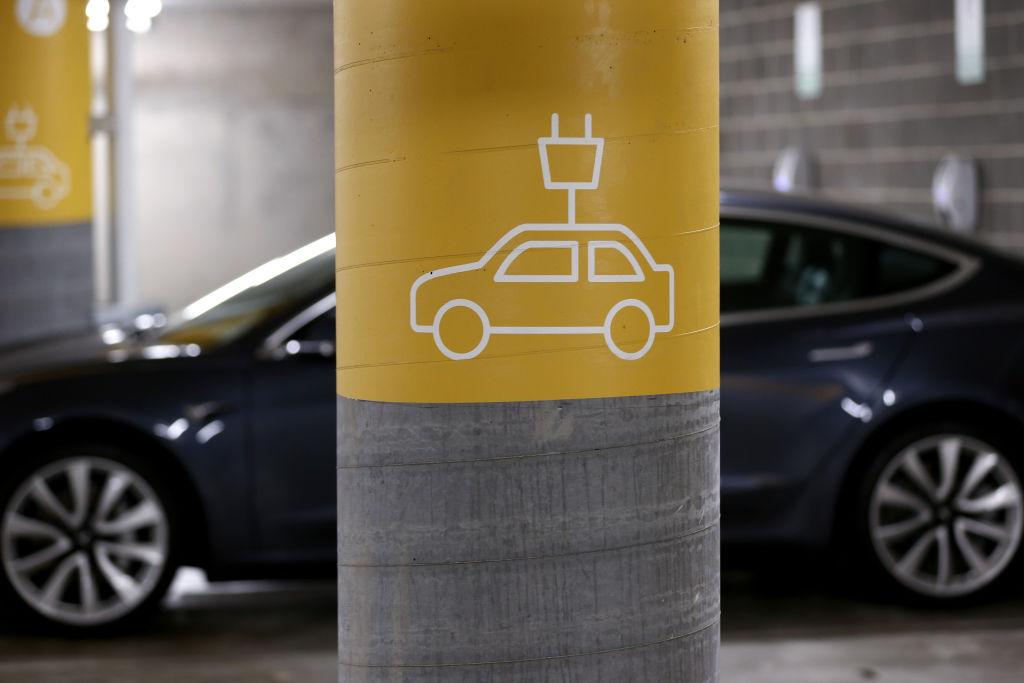One in 10 drivers in New South Wales (NSW) tested positive for illicit drugs last year, according to insurance and roadside assistance provider NRMA.
NRMA’s Driving High report, released on Nov. 25, found drug-related crashes continue to rise, with 79 lives lost in 2023, a 24-person increase from the previous year.
NRMA urged the NSW state Labor government to ramp up testing to meet the 200,000 tests per year goal set in 2018, pointing out that the state fell 40,000 tests short last year.
Second Leading Cause for Road Deaths
The NRMA report says drug driving is now the second leading cause of death on NSW roads, surpassing fatigue, drunk driving, and non-seatbelt use.In nearly 70 percent of drug driving-related crashes, drivers tested positive for cannabis, followed by methylamphetamine (43 percent), and cocaine (7 percent).
Most drivers involved in fatal crashes were males (85 percent) aged 20-29 (31 percent), with nearly 50 percent of those who tested positive falling within the 30-49 age group.
NRMA spokesperson Peter Khoury revealed that drivers combining illicit drugs and alcohol were 23 times more likely to be involved in fatal crashes.
Drug Driving Up 800 Percent
According to the NSW Bureau of Crime Statistics and Research (BOCSAR) report released last month, the number of people prosecuted for drug driving offences surged from 1,409 cases in 2014, to 13,815 in 2023—a 836 percent spike.This increase is attributed to the expansion of the Mobile Drug Testing (MDT) program and a rise in the detection rate.
However, the volume of roadside drug tests remains small relative to the number of registered drivers.
Government Investment in Road Safety Measures
In response to growing concerns, the NSW government announced additional funding to support 230 new projects across urban and regional roads.The funding is part of the Australian federal government’s Road Safety Program, which has invested $437.3 million from both state and federal governments.
This funding boost, totalling $518.3 million for 2023-2026, aims to improve safety across the NSW road network and reduce the risk of severe and fatal injuries.







